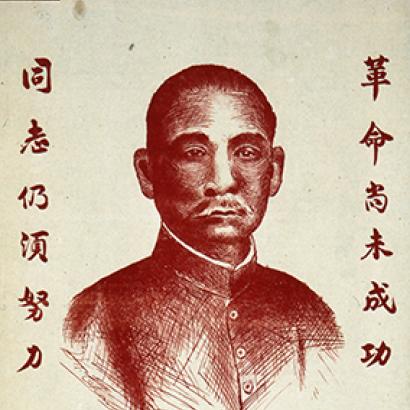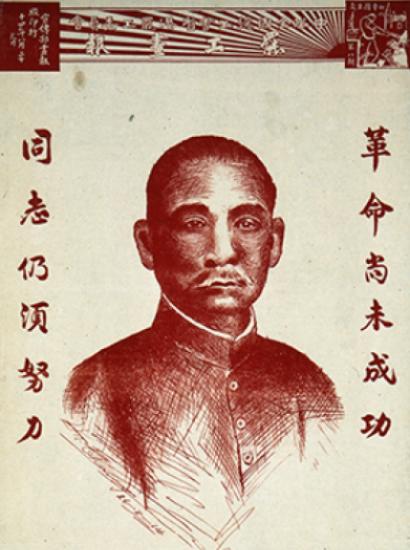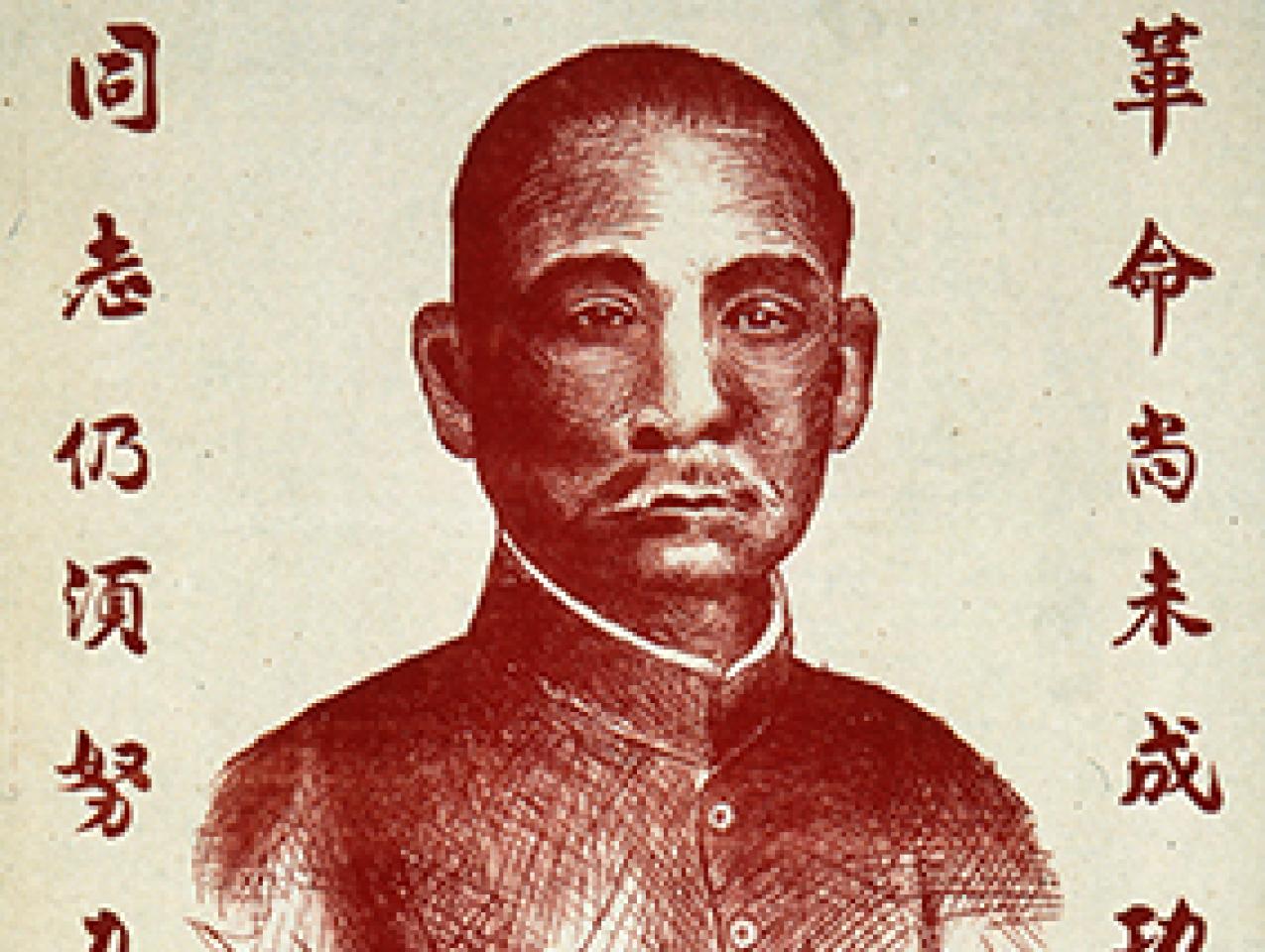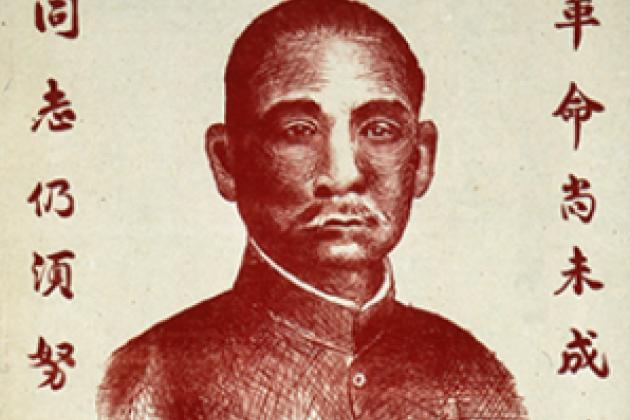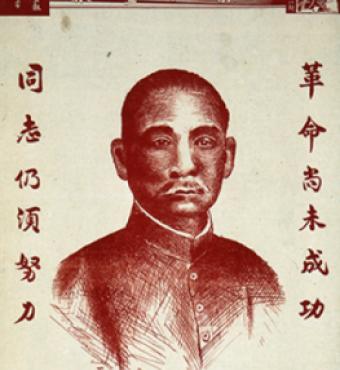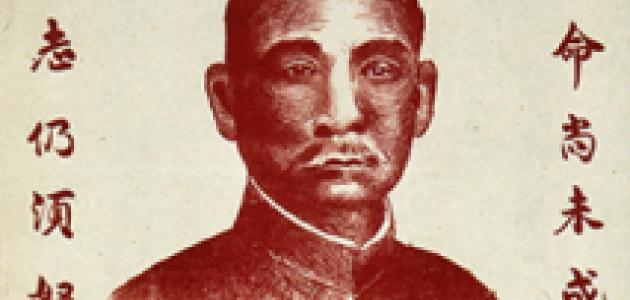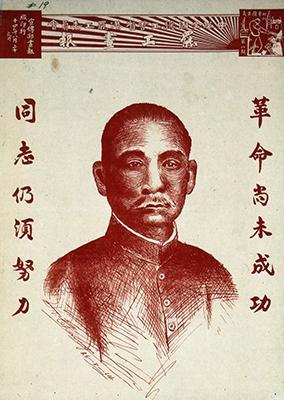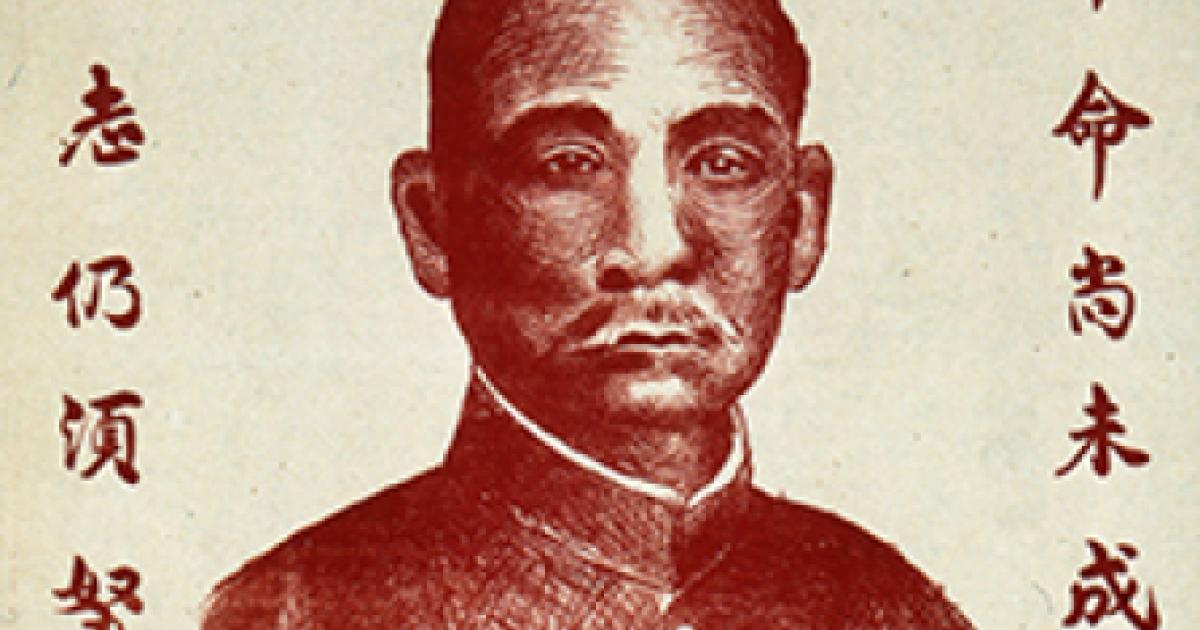- History
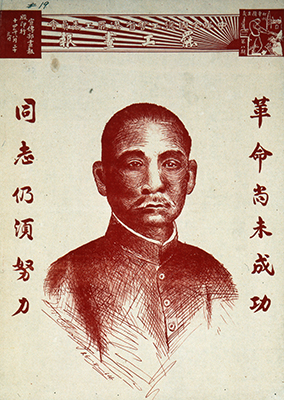
On 12 May, New Zealand Foreign Affairs Minister Winston Peters stated that his nation will support Taiwan’s inclusion in the World Health Assembly at the organization’s meeting the following week. The Assembly governs the World Health Organization, the international body tasked with fighting pandemics like COVID-19. China has excluded Taiwan from the WHA since 2017, after participating in sessions as an observer since 2009.
Today, Taiwan has conducted one of the world’s most effective COVID-19 containment campaigns, limiting cases to under 500, and deaths to just seven. Taiwan’s experience would be invaluable in fighting the pandemic in other contexts—it has boosted production of PPE and sanitizer by leveraging indigenous private industry and developed a broadly non-invasive tracking system that has isolated exposed individuals. Any balanced evaluation of the facts would result in Taiwanese admission to the WHA to leverage its lessons and apply them globally.
The complication, of course, is that the Republic of China is a liberal capitalist democracy with a standard of living equivalent to any Western state, whereas the People’s Republic is a tyrannical oligarchy that brutalizes its own citizens and brooks no political dissent. A Taiwan with full access to international institutions and broad global recognition presents an alternative to Maoist totalitarianism, or “Socialism with Chinese Characteristics” as current Ruler-cum-Emperor Xi Jinping has rebranded it.
One should not expect any ruling party in Taipei to replace the Chinese Communist Party (CCP) in Beijing and govern China as a single political unit. But the Taiwanese model provides a strong argument for a federated system within Chinese territory. Hong Kong could reclaim its semi-autonomous status, with the individual and political liberties Hong Kongers were afforded for nearly a century. Muslims in East Turkestan could live without fear of targeted persecution, organizing their affairs without Beijing’s unsleeping eye and heavy hand. The CCP loses its legitimacy if the Chinese people more broadly realize that an alternative system—neither explicitly Western nor Maoist—could offer them greater freedom than the current model without sacrificing prosperity or stability.
Hence the Beijing government’s paranoia about, and antipathy towards Taiwan, and its attempts to isolate it from the international system. Since 2016, the PRC has bribed Taiwan’s formal diplomatic partners down to 15. In Europe, only the Vatican recognizes Taipei over Beijing. In Africa, landlocked Eswatini is Taiwan’s only friend. Paraguay is its only ally in South America—the remaining 12 nations are small Central American states or islands. Taiwan does maintain an “Economic and Cultural Representative Office” in most Western European states, parts of Asia, the U.S., Canada, Mexico, and elsewhere. Nevertheless, 120 states and affiliated territories lack any formal or informal diplomatic contact with Taiwan. Seven EU members, and eight NATO members, do not recognize Taiwan.
The latter point asks the question—how can the U.S. invoke NATO’s Article Five in an Asian contingency over Taiwan, a nation with whom over a quarter of NATO members do not have diplomatic relations, and none of which recognize?
The United States engineered Beijing’s international recognition between 1969 and 1972 because of a specific confluence of strategic circumstances. Henry Kissinger, National Security Advisor at the time, identified increasing friction between China and the Soviet Union that had functionally split the communist bloc in two. By “opening” to China, Kissinger and President Richard Nixon hoped to smooth American extrication from Vietnam and tilt the geopolitical balance in the West’s favor by mitigating the importance of Asian contingencies and truly surrounding Moscow with hostile states. To this end, the U.S. facilitated the PRC’s United Nations recognition in 1971, and ultimately recognized Beijing over Taipei in 1979.
The Sino-American strategic partnership did facilitate American goals throughout the 1980s. President Reagan’s military buildup pressured the Soviet Union on multiple fronts, while a tacit Sino-American entente exposed the USSR’s Asian flanks and cut it off from its greatest potential ally. But by 1989—even before the Berlin Wall fell—it became apparent that the Soviet Union was nearing collapse. Nevertheless, Western policymakers denied the Beijing regime’s ruthlessness even after the “moderate” Deng Xiaoping murdered 3,000 pro-democracy protestors, many of them students, at Tiananmen Square. A broad bipartisan and transatlantic hope developed that integrating China into international economic institutions and increasing trade ties would prompt market reforms, which in turn would drive social and political liberalization and democratization. In a postmodern age, financial wizardry and commercial attraction would transform an erstwhile international pariah into a liberal member of the global capitalist supply chain.
Hope is a questionable foundation for foreign policy. This proposition was incorrect in every respect. The CCP has neither liberalized nor democratized, instead obfuscating its control of nominally private entities, creating a robust surveillance system backed by a 1.5-million strong internal army, and conducting a military buildup reminiscent of the 20th-century’s fascist and imperialist powers that caused the greatest loss of life in human history.
The strategic conditions that validated the West’s recognition of Beijing have evaporated. The CCP shows no intention of “triangulating” against Russia—and while Moscow likely fears Beijing’s ambitions, it has been content to nibble upon Europe’s carcass. COVID-19 has demonstrated the Beijing regime’s duplicity and malice. No government of this sort deserves American recognition, let alone a controlling stake in major international economic, public health, and political institutions.
The United States would send a strong international message by moving to recognize Taiwan. This decision will enrage the CCP. But by recognizing and legitimizing an autonomous or independent Taiwan, the U.S. can bolster Taiwan’s clearly anti-Beijing Pan-Green Coalition, while encouraging their political opposition, the Pan-Blue coalition, to re-examine its hopes of accommodation with the PRC. Moreover, by making various forms of economic and political assistance contingent upon certain standards—perhaps the establishment of unofficial relations with the Republic of China, or in certain circumstances formal diplomatic recognition—the U.S. can begin to curb Beijing’s international network of client-colonies.
Rhetorically, however, recognition of Taiwan would send a powerful political message. The past forty years of American—and Western—China policy has failed. The Beijing regime is no more tolerable in 2020 than it was in 1950, or 1989: it is, however, far richer as it continues to build a military equal to its global ambition. Taiwan is democratic, prosperous, and free. Not all nations are equal, despite the pretentions of the UN General Assembly. Recognizing Taiwan presents a rare opportunity to align American values at home and interests abroad.
Seth Cropsey is a senior fellow at Hudson Institute and director of Hudson’s Center for American Seapower. He served as a naval officer and as deputy Undersecretary of the Navy in the Reagan and George H. W. Bush administrations.







